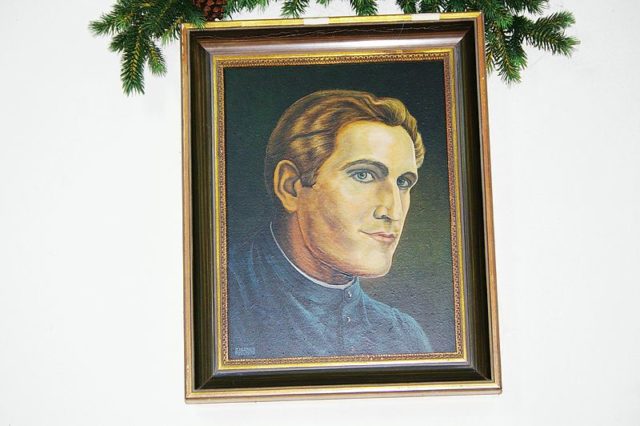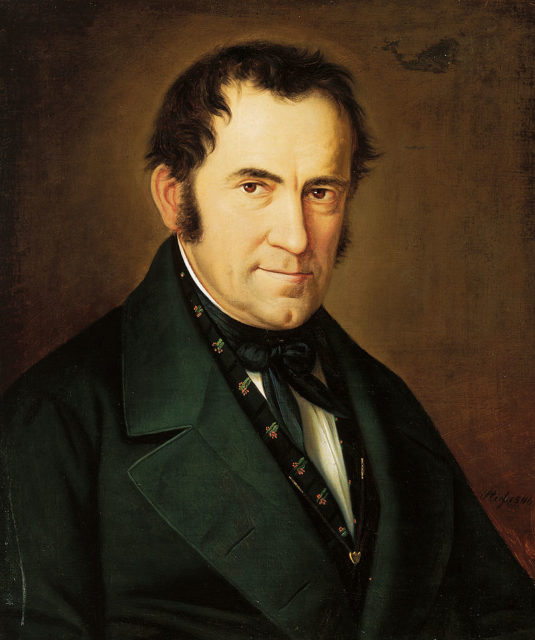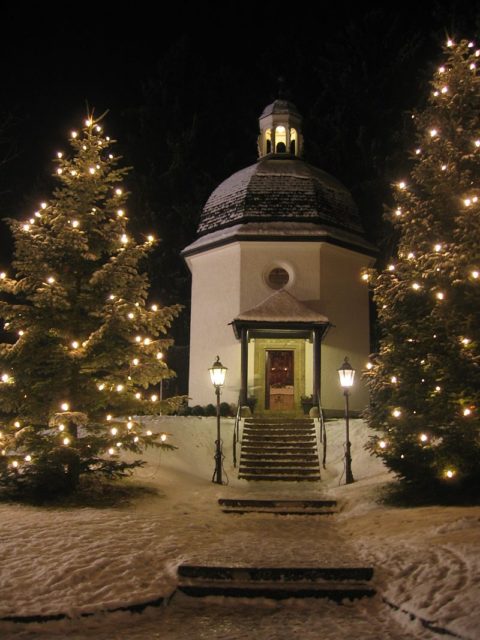Silent Night is probably the most popular Christmas carol in the world. It has been translated into about 140 languages worldwide, and it is an unavoidable part of Christmas lore.
The song has been covered by numerous singers; the version recorded by Bing Crosby in 1947 is the third best-selling single of all time. The lyrics to the song were written in 1816 by Josef Mohr, an Austrian Roman Catholic priest, and the melody was composed by Franz Xaver Gruber two years later on 24 December 1818, the day when it was first performed.

On 23 December 1818, a small band of actors arrived in Oberndorf, a remote village in the Austrian Alps near Salzburg, the town renowned for its heritage of classical music. The actors were supposed to re-enact the story of Christ’s birth in the small local church of St. Nicholas. The actors wished to evoke the true atmosphere of the nativity scene, so they prepared a number of carols which were to be performed accompanied by an organ. However, the church organ was broken and pastor Joseph Mohr wanted the villagers to experience the true spirit of Christmas, so he decided to create a new carol which could be sung with a guitar.
Mohr remembered “Silent Night”, a poem that he had written two years earlier, and contacted his friend Franz Xaver Gruber, who was the teacher at the village’s primary school. Gruber also played the organ in a nearby village of Arnsdorf, and Mohr decided that he was the only one who could write a melody for a Christmas carol in a single day.


On Christmas Eve there was a severe storm, and the road from Arnsdorf to Oberndorf was blocked. Pastor Mohr thought that his plan had failed, but Gruber managed to reach the church and bring the notes for the “Silent Night” just minutes before the actors were supposed to start their performance.
In the end, both the actors and the villagers were amazed by the carol.

Several weeks later, a well-known organ builder named Karl Mauracher arrived in Oberndorf and fixed the church organ. Franz Xaver Gruber was invited to test the organ, and he performed “Silent Night.” Mauracher was amazed by the carol’s genial simplicity, so he took the lyrics and the notes to his own village of Kapfing.
From there, the carol first spread across Austria and then across the world. It was translated into English in 1863 and quickly found its way to the United States. The name of the chapel in which the carol was first performed was later changed to the “Silent Night Chapel”.
